Google just pulled off something that should have Apple's attention – they've essentially hijacked AirDrop and made it work with Android. The tech giant has engineered a way for Android devices to communicate directly with Apple's previously exclusive file-sharing system, and honestly, it's about time someone shook up this ecosystem standoff.
Here's what makes this development so fascinating: Google has created a way for Android phones to tap into the file-sharing function AirDrop. The feature launches first on Pixel 10 devices, where Google's Quick Share solution creates a bridge to Apple's AirDrop system. This means a Pixel 10 can transmit videos, photos, and other files directly to a nearby iPhone, despite the different operating systems.
The timing is particularly strategic. While Apple has spent years using AirDrop as one of many subtle incentives to keep users locked within their ecosystem, Google has essentially said, "Fine, we'll just make your exclusive feature work with our devices too."
How Google cracked Apple's walled garden
The technical achievement here is genuinely impressive. Google has made Quick Share interoperable with AirDrop, enabling bidirectional file sharing between Android and iOS devices. However, there's a revealing catch that exposes just how tightly Apple controls its ecosystem – iPhone users must manually set their AirDrop to "Everyone for 10 Minutes" to receive files from a nearby Pixel 10.
This manual requirement isn't just a technical limitation – it's a strategic friction point that could significantly impact adoption. Most iPhone users rarely venture into AirDrop settings, and requiring them to actively enable cross-platform sharing creates a user experience hurdle that Apple likely appreciates.
What's particularly clever is how Google positioned this move strategically. They describe the functionality as merely the initial step as they work to enhance the experience and extend it to additional devices. This signals that Google has reverse-engineered Apple's proprietary protocol and built a translator that allows their devices to speak AirDrop's language – essentially teaching Android devices Mandarin so they can have dinner conversations with Apple's ecosystem.
Quick Share's evolution into a universal solution
The backstory of Quick Share makes this AirDrop integration even more strategically significant. Quick Share represents the evolution of Google's previous Nearby Share system. What started as Samsung's proprietary solution in 2020 merged with Google's approach in 2024, creating a platform that targets universality within Android and beyond – and now extends that universality to include Apple's previously exclusive territory.
The technical specifications reveal how Google has positioned Quick Share as more than just an AirDrop competitor. While AirDrop operates within approximately 9 meters, Quick Share extends its range to around 15 meters. Both systems achieve similar transfer speeds of roughly 25 MB/s, but Quick Share includes additional features like file previews, estimated transfer times, multi-recipient sending, and QR code functionality.
PRO TIP: Quick Share's enhanced connectivity options aren't just marketing features – they represent Google's philosophy of building redundancy into cross-platform sharing. The extended range and internet fallback capabilities mean your file transfers continue even when you're moving between rooms or when direct connections get interrupted, addressing real-world scenarios where AirDrop traditionally fails.
Recent improvements have made Quick Share even more resilient for cross-platform scenarios. Google has introduced the ability for transfers to continue over mobile data or Wi-Fi when direct connections are interrupted. This functionality appears as a toggle in the Quick Share settings menu and is enabled by default, bringing Google's version closer to Samsung's implementation while maintaining broader device compatibility – including this new iPhone compatibility.
The broader implications for cross-platform sharing
This move represents more than just a technical achievement – it's a direct challenge to the fundamental business model that has defined mobile ecosystems for over a decade. AirDrop has been exclusively available on iPhone, iPad, and macOS devices, serving as one of many features designed to make leaving Apple's ecosystem inconvenient. Meanwhile, Quick Share has expanded beyond Android to include ChromeOS and Windows integration through dedicated applications.
Google has effectively turned the tables on Apple's exclusivity strategy. By making Quick Share work with AirDrop, they've created a situation where Android users get genuine interoperability – they can share seamlessly with other Android devices and now reach iPhone users when needed. iPhone users, however, still can't initiate transfers to Android devices through their native interface, creating an asymmetric advantage for Google's approach.
The contrast in ecosystem philosophies couldn't be starker. Apple's approach leverages features like AirDrop as premium experiences that subtly encourage ecosystem loyalty. Google's strategy with this AirDrop integration is almost the opposite – create something that works everywhere and with everyone, then make it so technically superior that device choice becomes irrelevant.
This cross-platform capability arrives at a crucial moment, especially with Android 16 expected to launch as early as June. Combined with Google's new Material 3 Expressive design language, this AirDrop integration represents part of a comprehensive strategy to make Android more appealing to users regardless of their existing ecosystem commitments.
What this means for the future of file sharing
Google's audacious move to integrate with AirDrop signals a fundamental shift toward more open, interoperable systems and forces Apple into an uncomfortable strategic position. The company has essentially given Apple two choices: maintain the status quo and appear increasingly closed off, or respond with their own cross-platform initiatives that could undermine their ecosystem lock-in strategy.
Given that Quick Share now spans Android, Windows, and ChromeOS while maintaining AirDrop compatibility, Google has positioned itself as the more universal solution. This creates competitive pressure that extends far beyond file sharing – if Google can make Quick Share work with AirDrop, what prevents them from targeting other supposedly exclusive Apple features like Handoff, Universal Clipboard, or even aspects of Continuity?
The implications challenge traditional ecosystem boundaries that have kept our devices artificially separated. This move demonstrates that determined engineering can break down even the most carefully constructed walled gardens, potentially inspiring other companies to challenge similar platform barriers across messaging, productivity, and entertainment services.
What's particularly fascinating is how this development forces users to reconsider the value proposition of ecosystem exclusivity. When cross-platform features work seamlessly, the traditional arguments for staying within a single ecosystem – convenience, integration, and feature availability – begin to lose their compelling edge.
Bottom line: Google just demonstrated that the artificial walls between mobile platforms don't have to be permanent fixtures of the tech landscape. By making Quick Share compatible with AirDrop, they've created the kind of seamless, cross-platform experience that users have been wanting for years while simultaneously challenging Apple's fundamental business model. Now the question isn't just whether Apple will embrace this openness or double down on exclusivity – it's whether this bold technical breakthrough will reshape how we think about device ecosystems entirely.






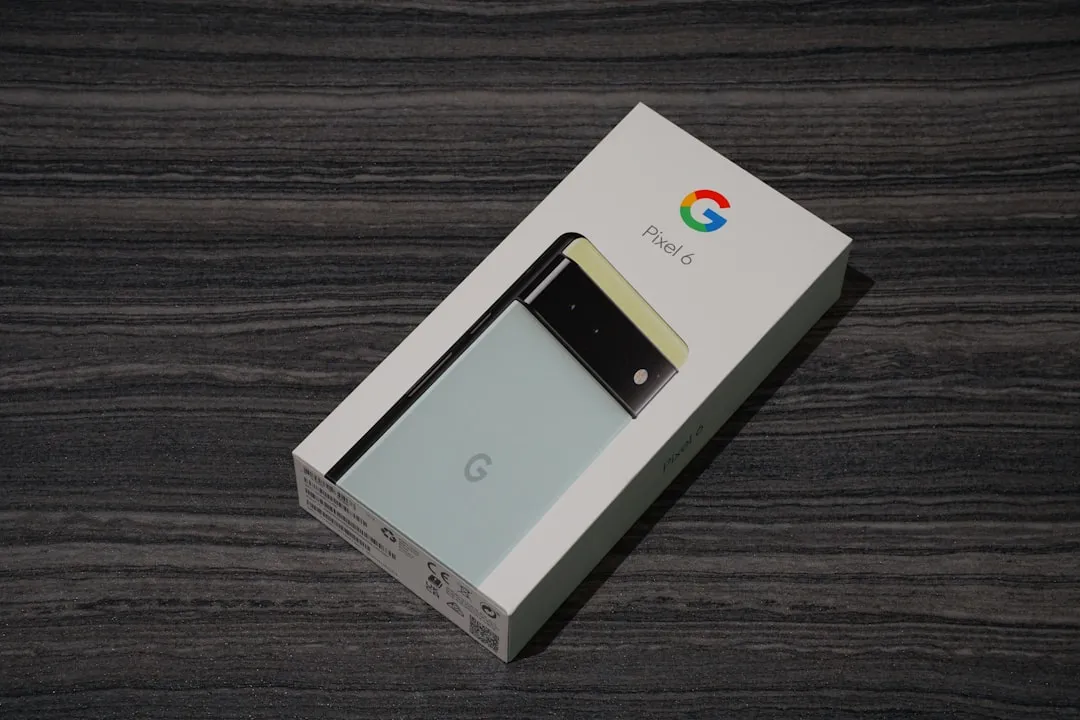
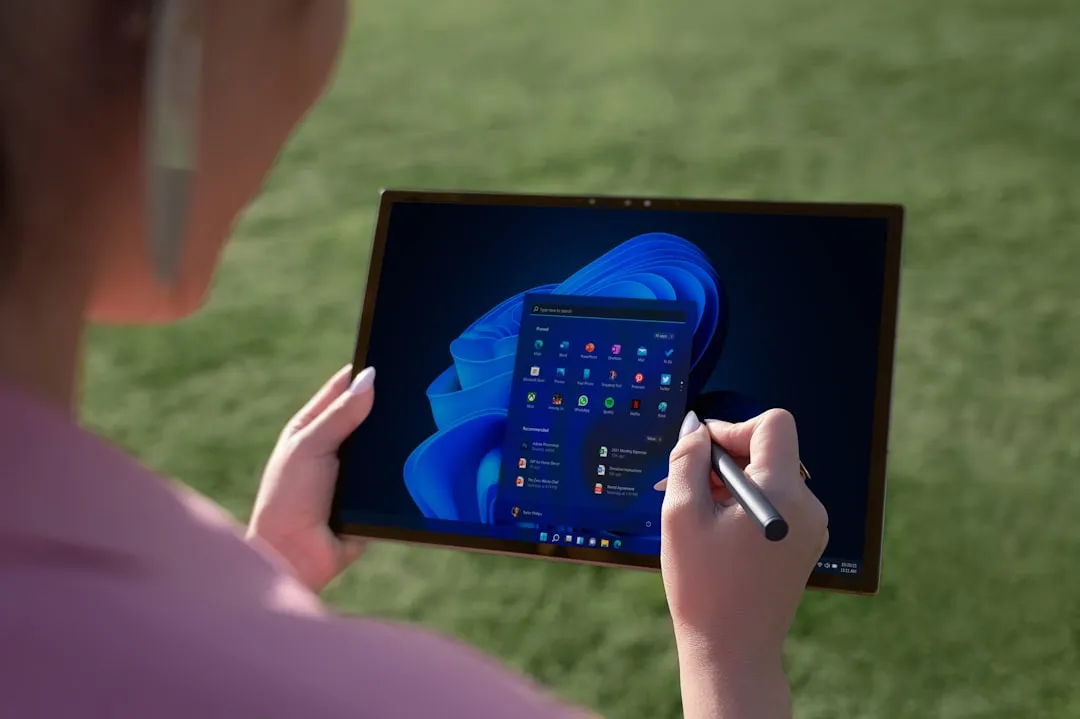


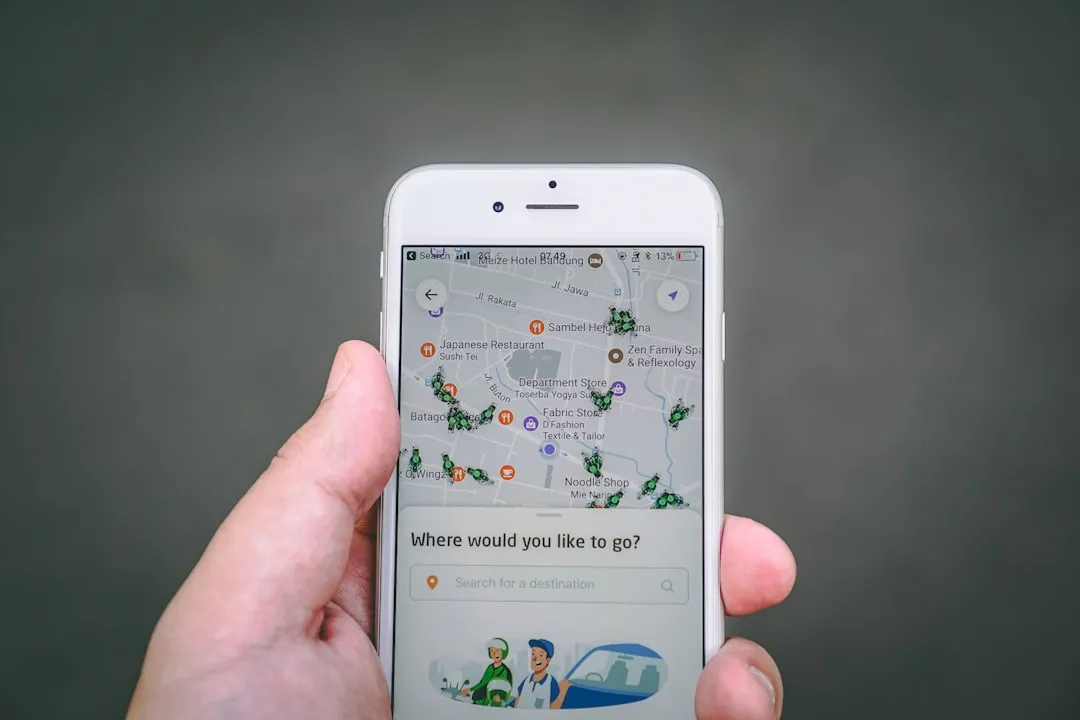


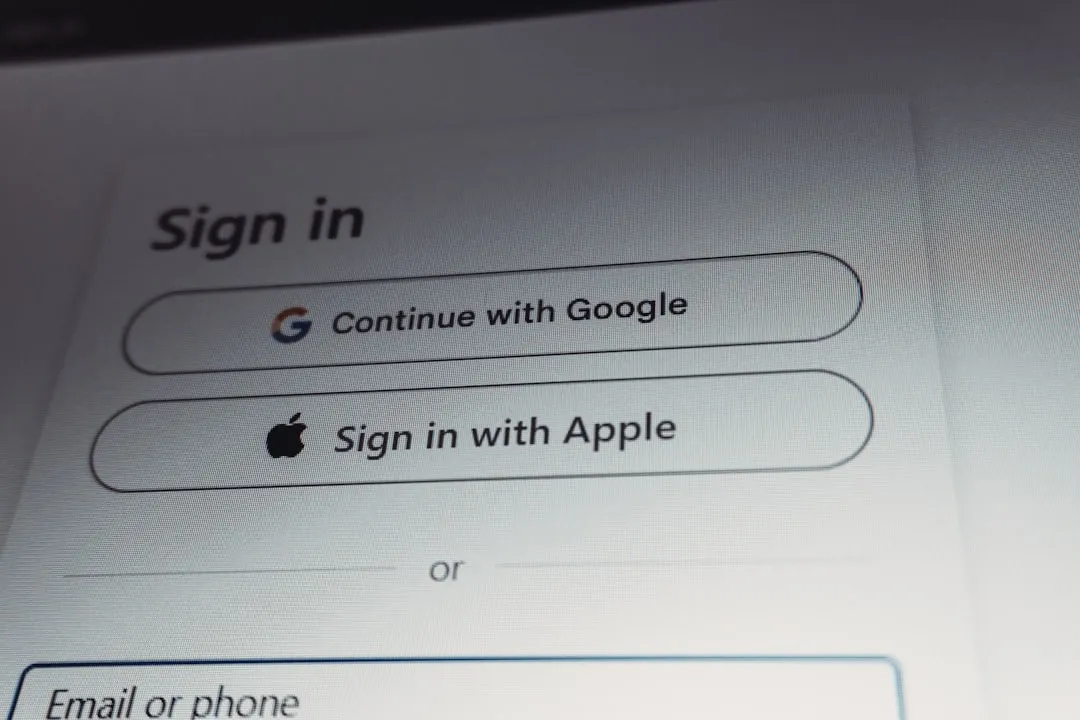
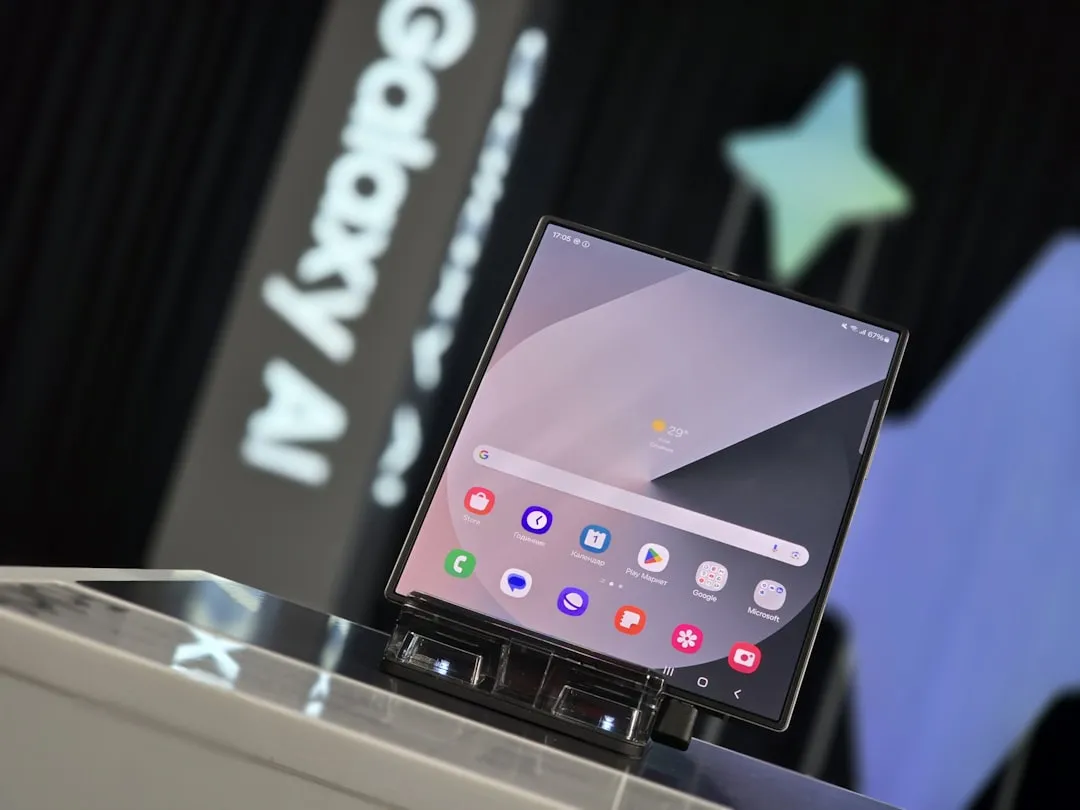
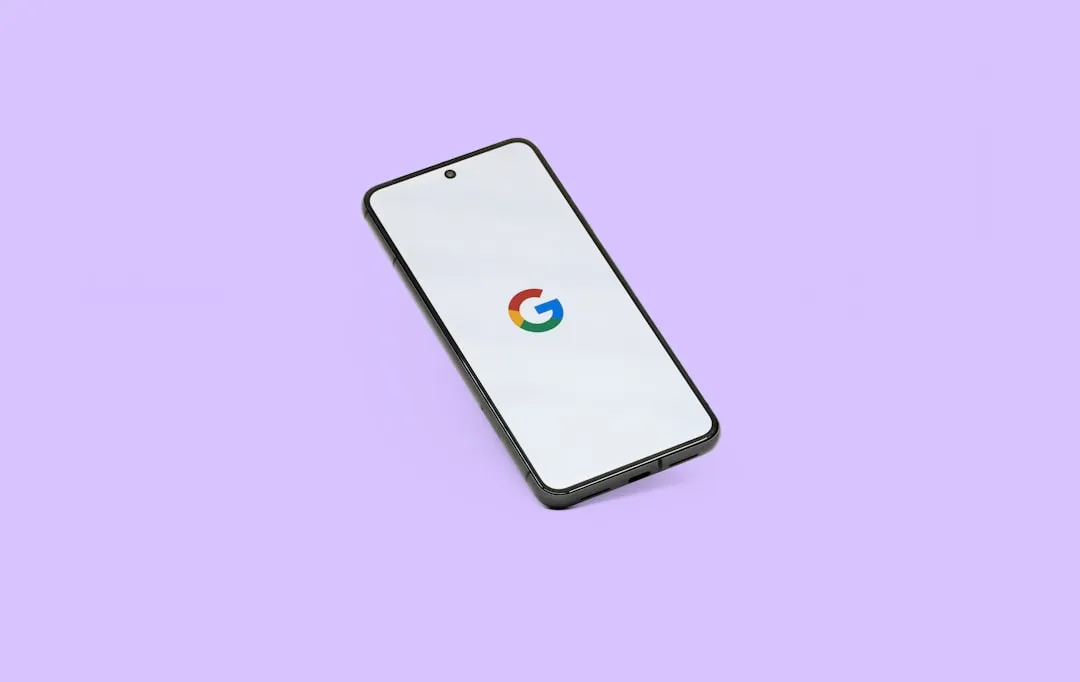



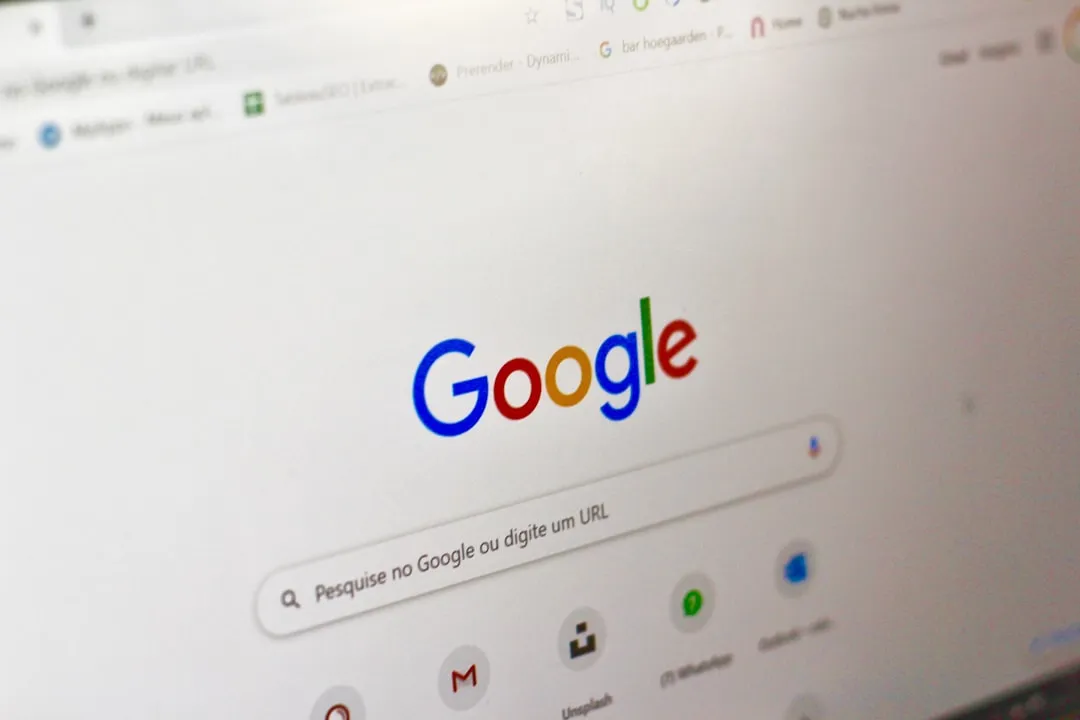



Comments
Be the first, drop a comment!